Sarajevo is compressed into a narrow river valley in the Dinaric Alps in the south of Bosnia. It creeps up into the steep hills with a maze of lanes through old and nice new houses. But the city itself stretches along the banks of the river.
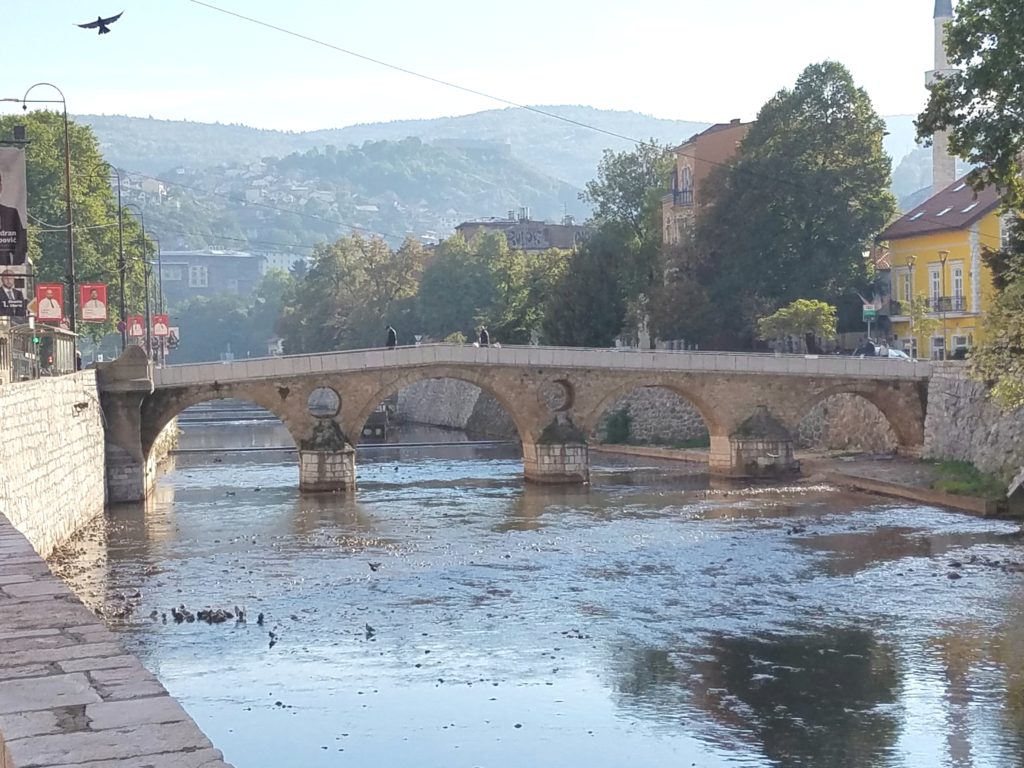
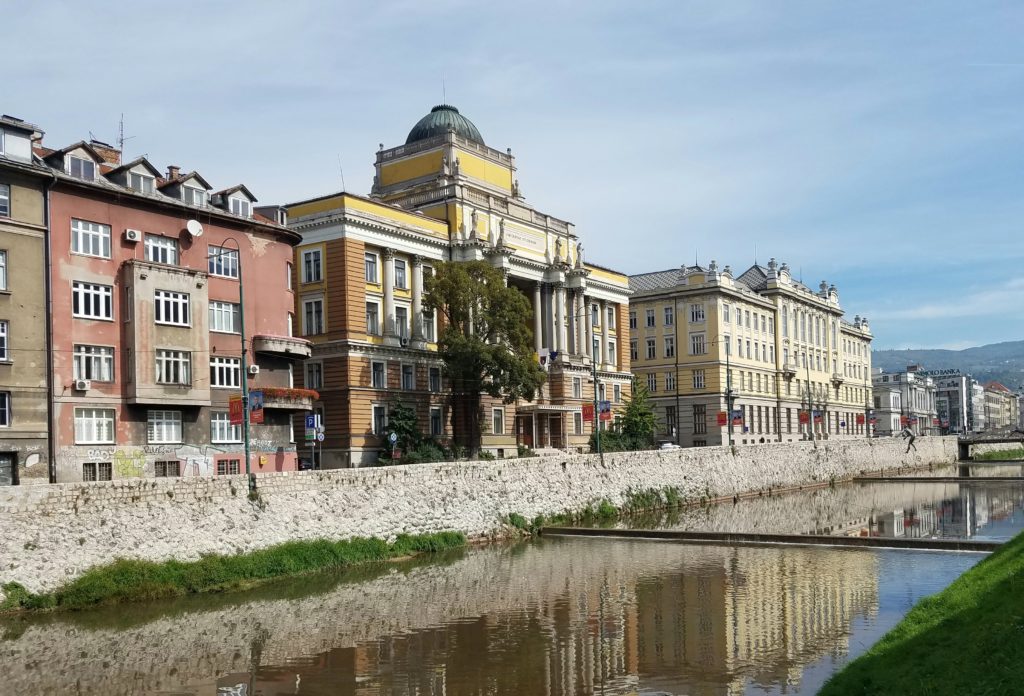
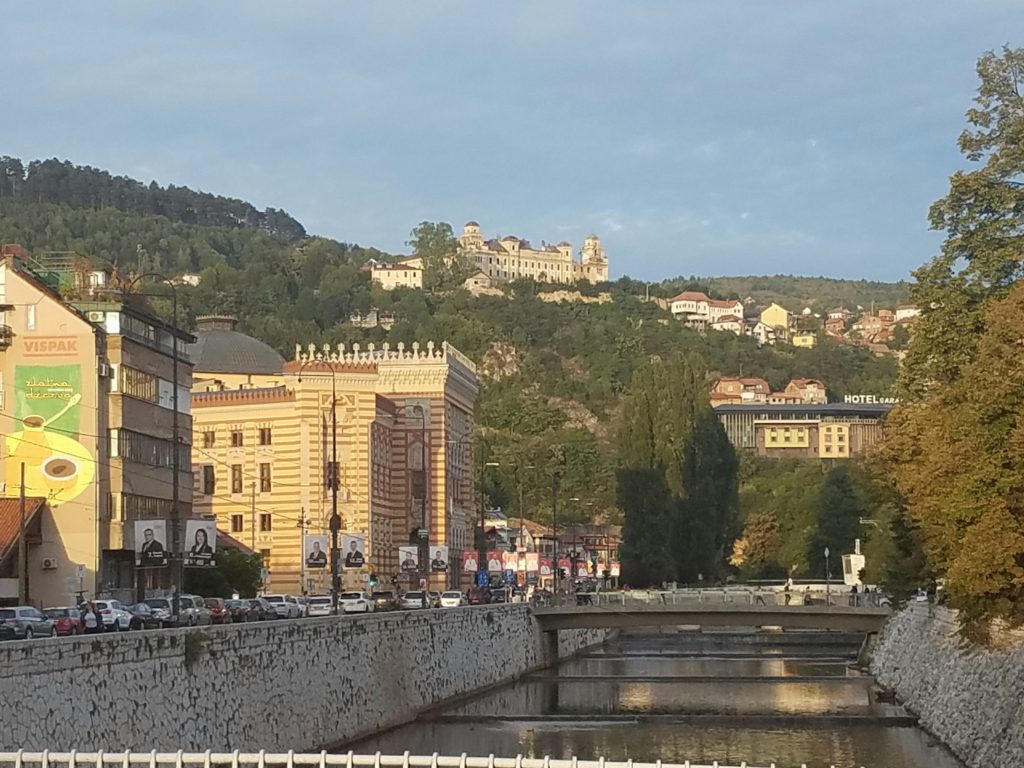
This is a major tourist destination, because of the old town, which is quite extraordinary. It is a very large, completely pedestrian district. There are churches and numerous mosques, but it is mainly comprised of low wood and stone buildings along narrow alleyways. I presume these are old Ottoman structures. The entire area is given over to shops and so many restaurants and cafes that they can seat thousands. And it is swarming with tourists.
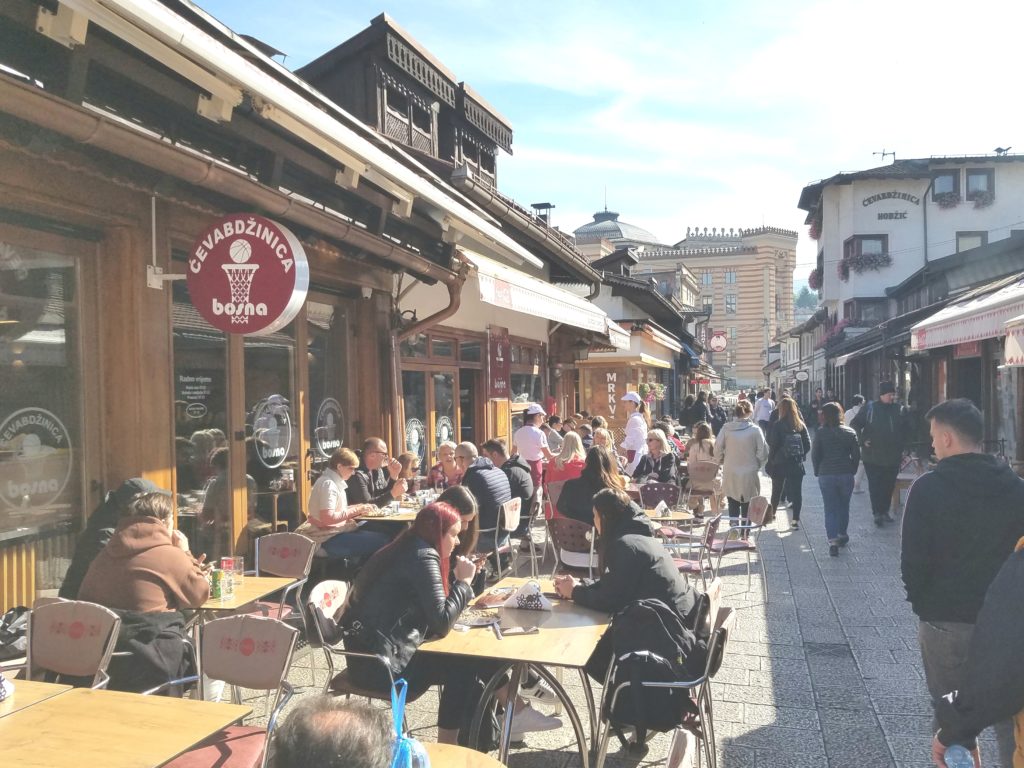
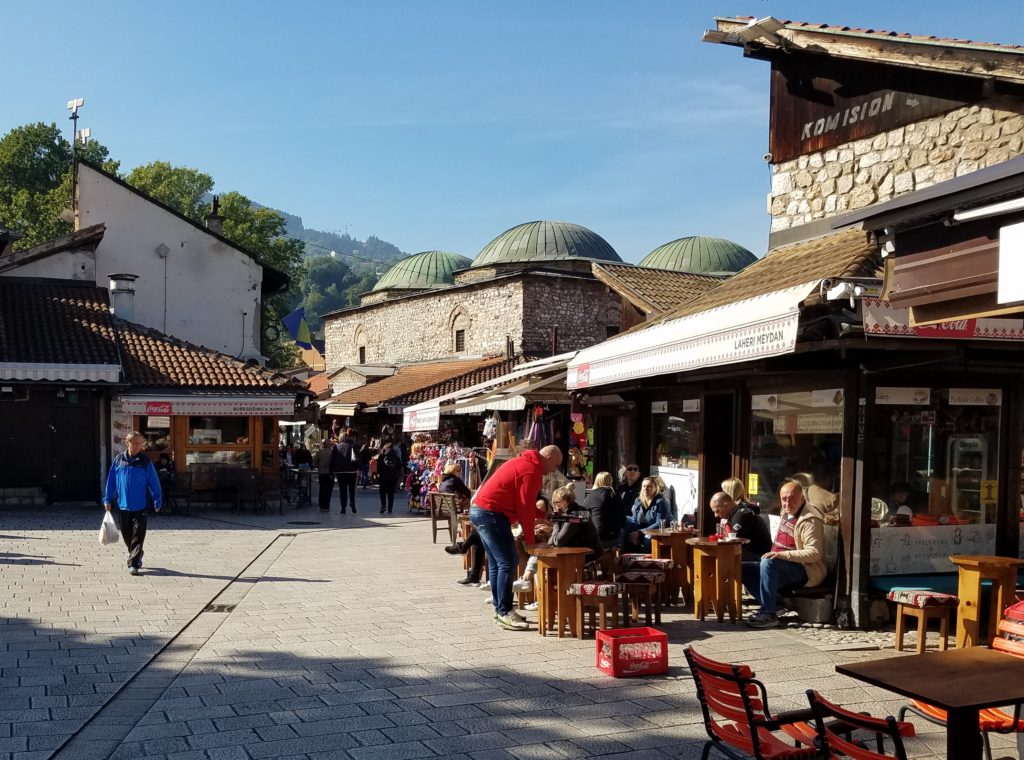


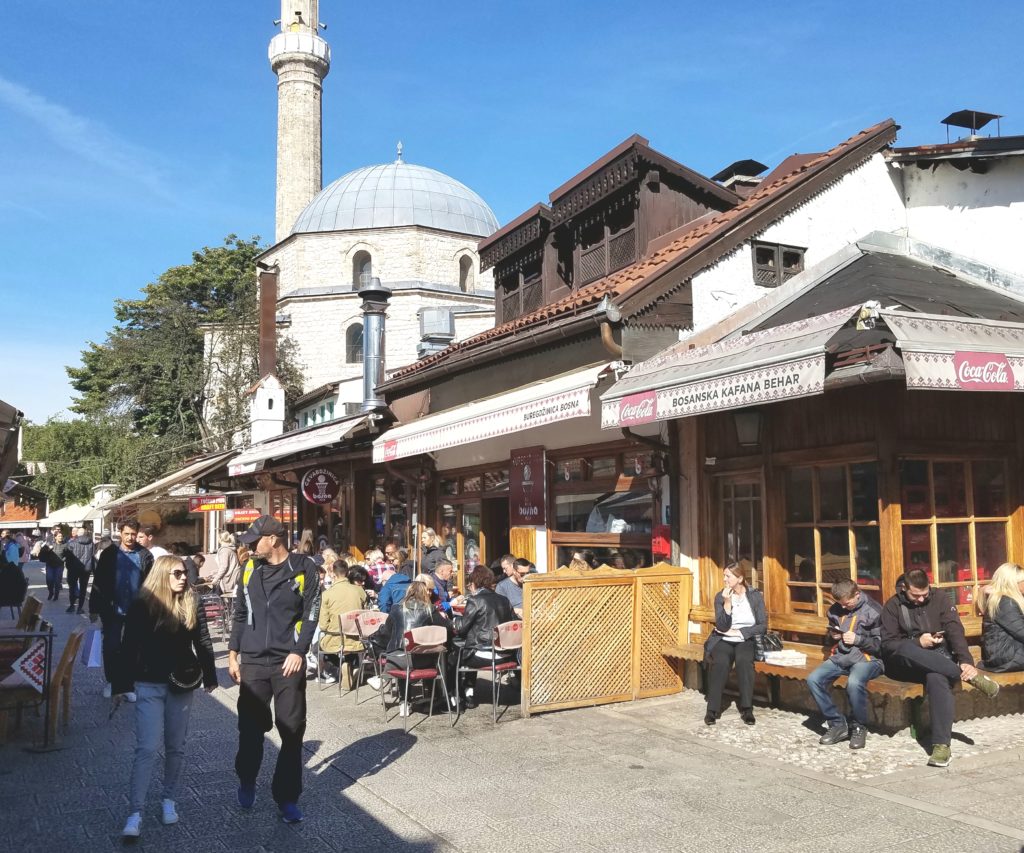
This is not like any city I could name. Probably because the old town is so unusual, but also the blending of Muslim and Christian, modern western and old time Balkan. There is almost no Cyrillic used here, and although Mosques are everywhere, head coverings are far less than I expected, and I saw one burka all week.
I have had a very nice visit. Sarajevo is a fine, lively, bustling city. The food is good.
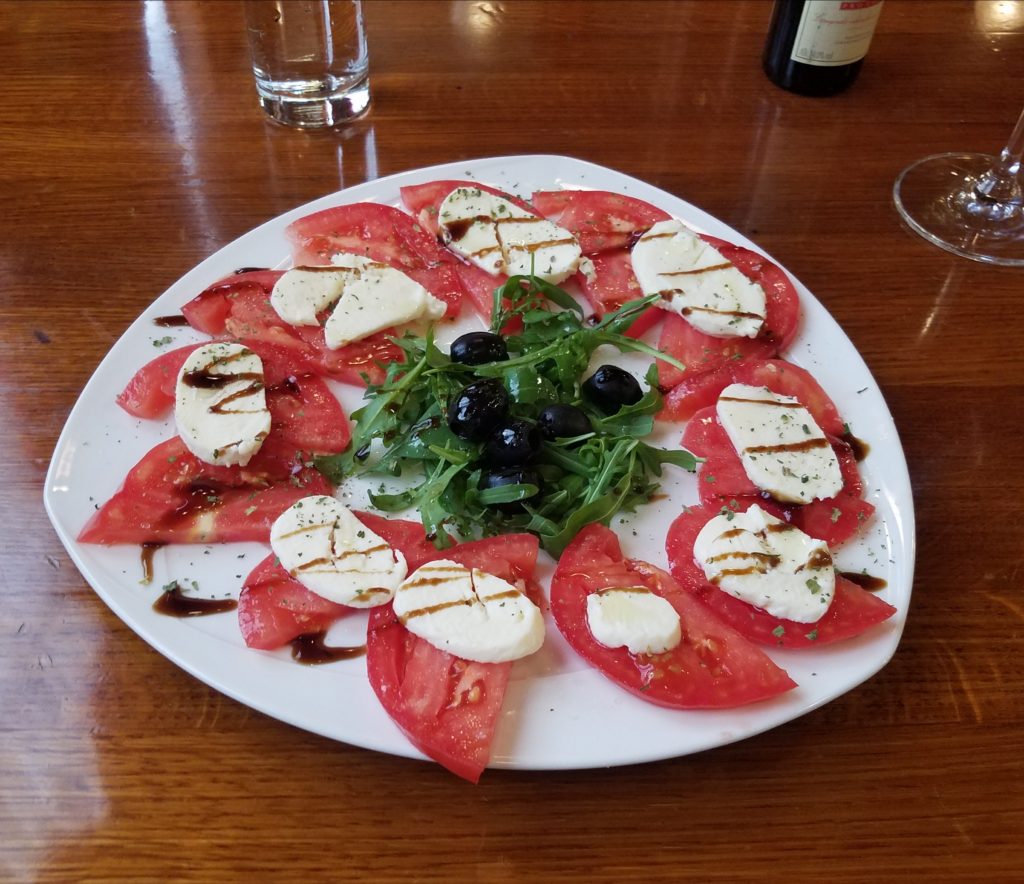

Mr. Marriott treated me handsomely which made it even nicer. A funny thing: by the vagaries of happenstance, the conversion rate of the dollar to the Bosnian NK at the moment is very close to two to one …. so every time I look at a price I think: Hey, I get a 50% discount. Fun.
Here are some random photos from around the city.
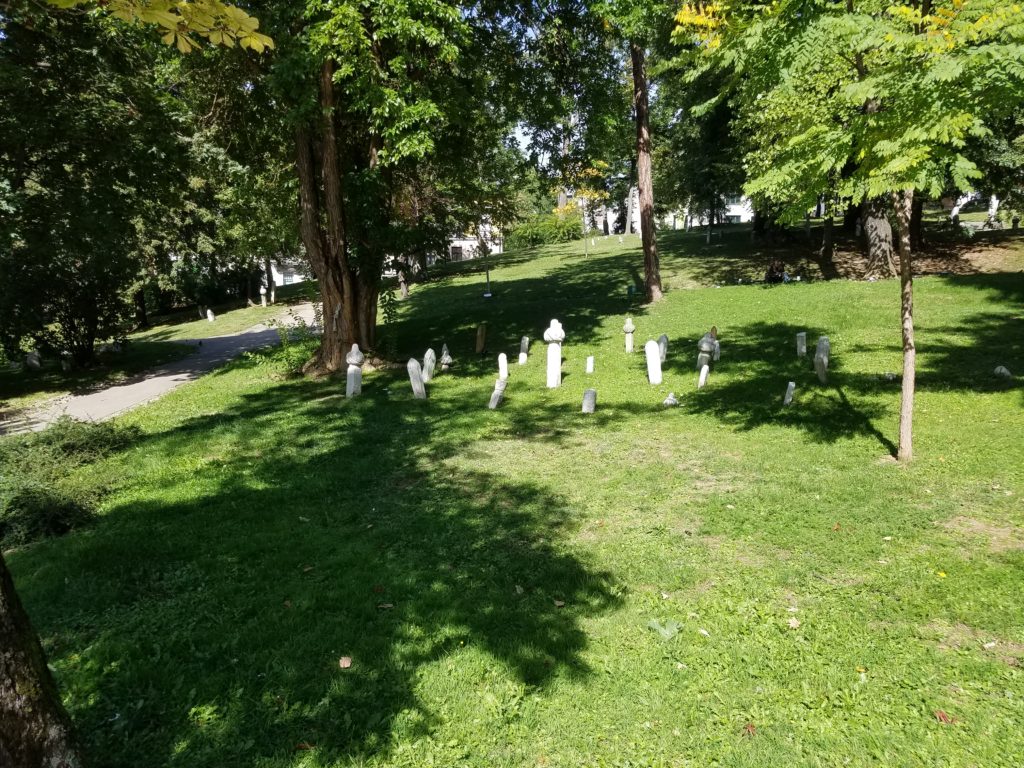
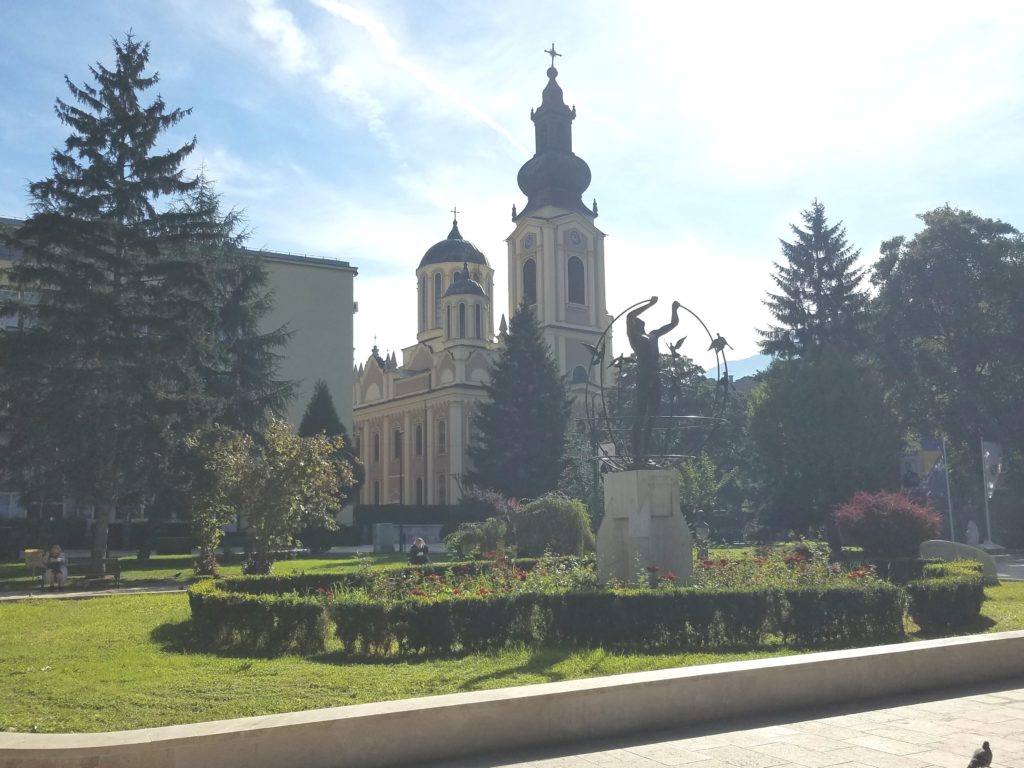
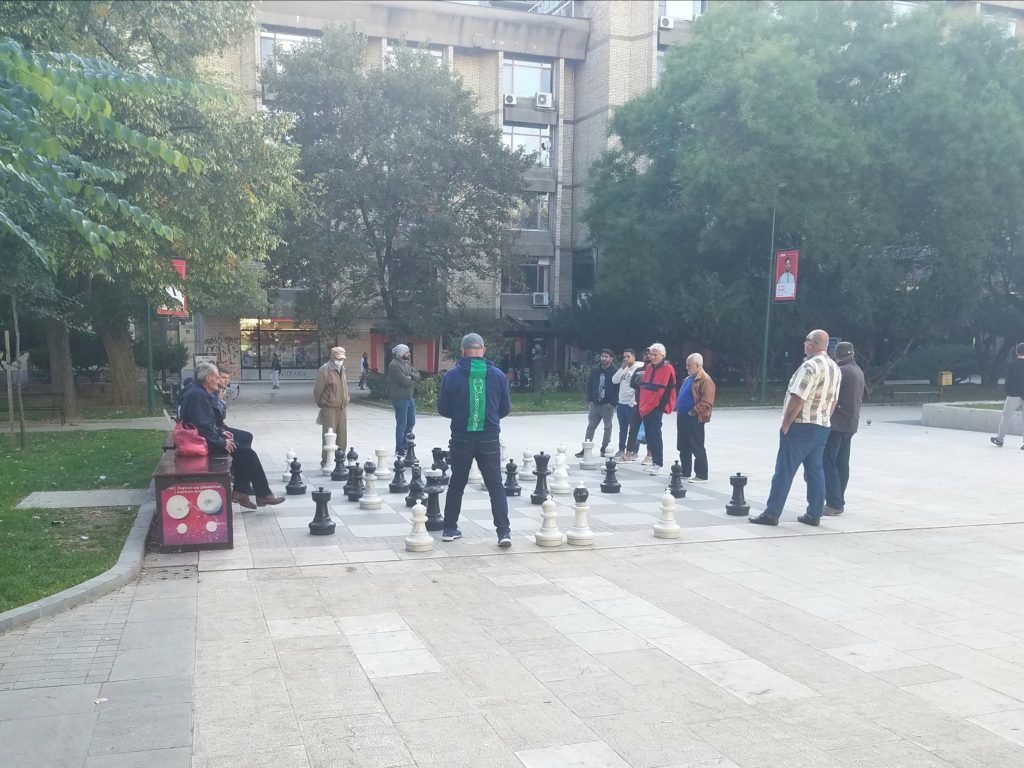
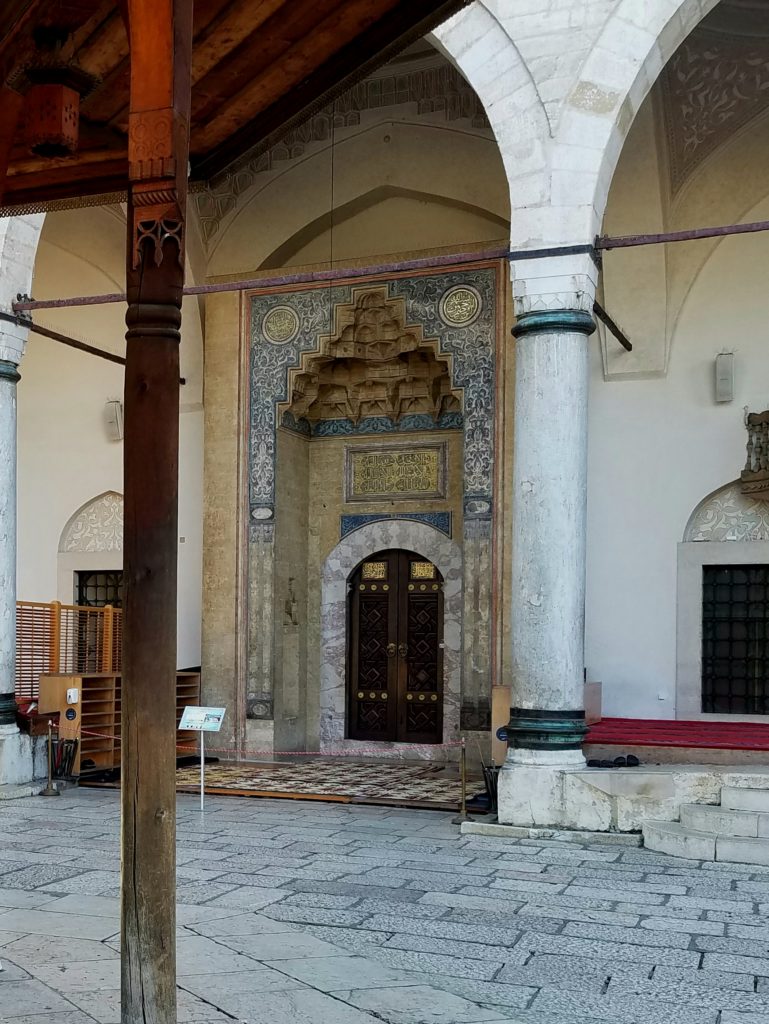
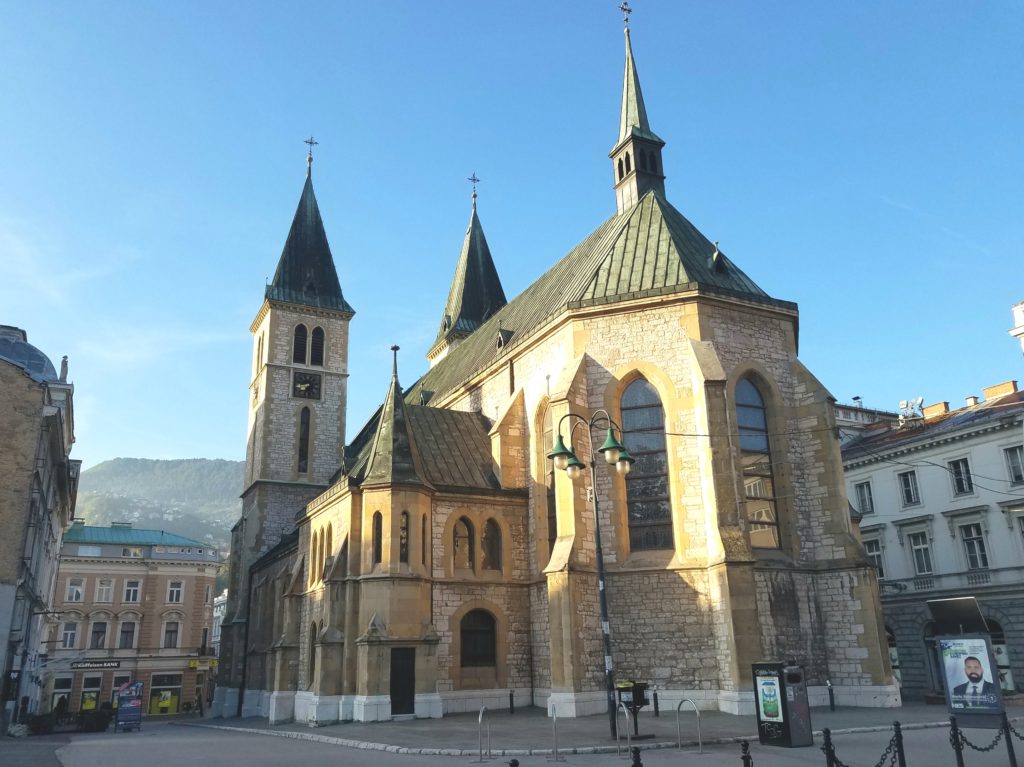
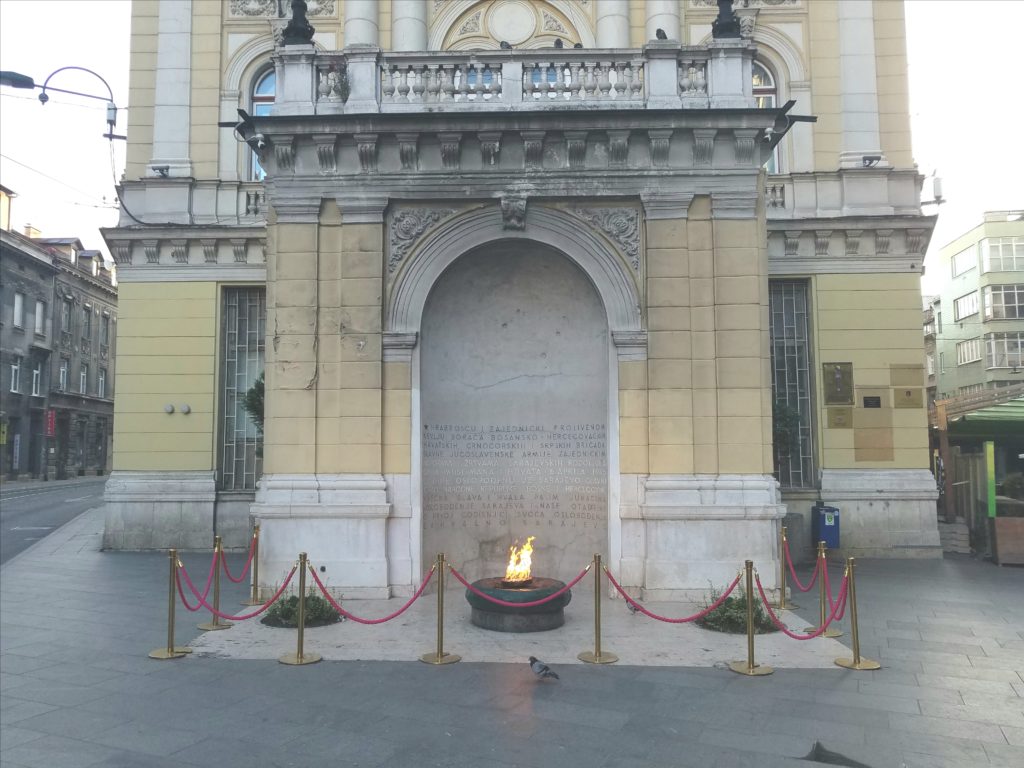
Sarajevo was subjected to a lengthy siege during the Bosnian war of the 1990’s, and severely damaged. You can still see renovation and damage side by side. But it is remarkable how much rebuilding and new construction they have accomplished.
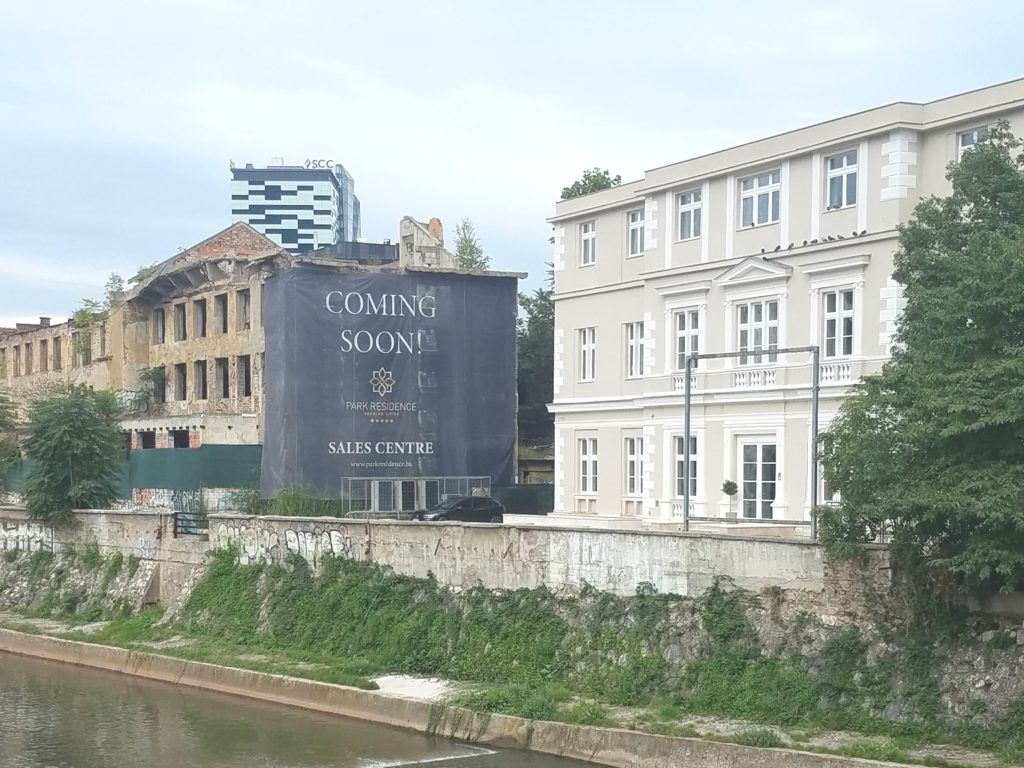
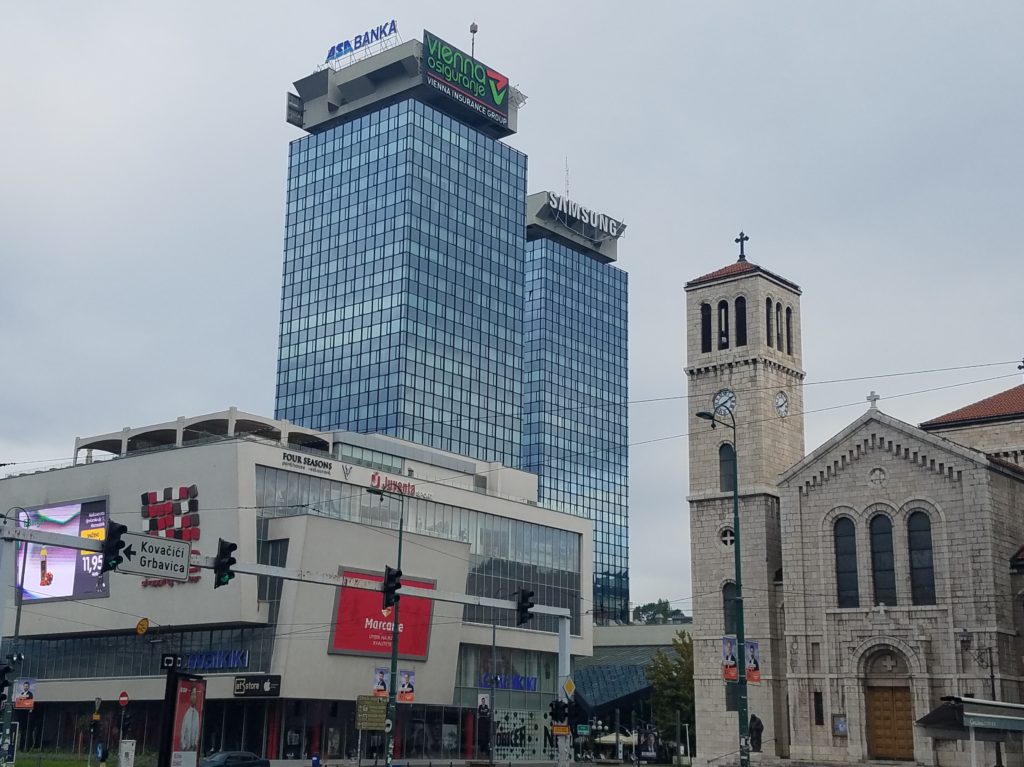
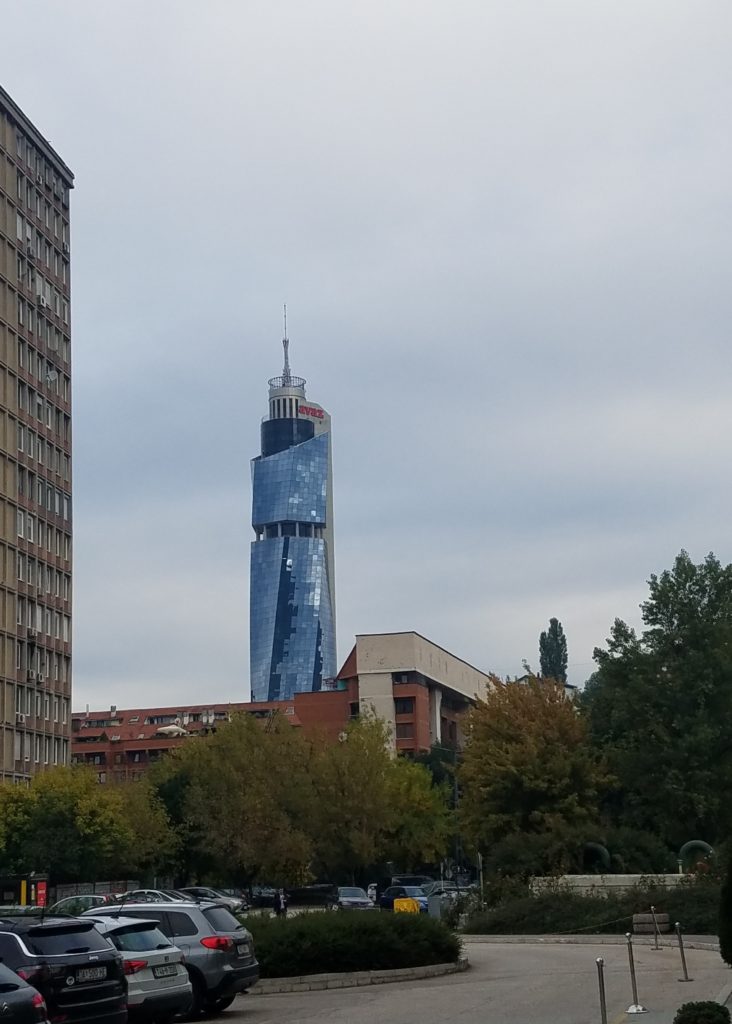
I am going to conclude this post briefly talking about the war, and if you exit now I will certainly not be offended.
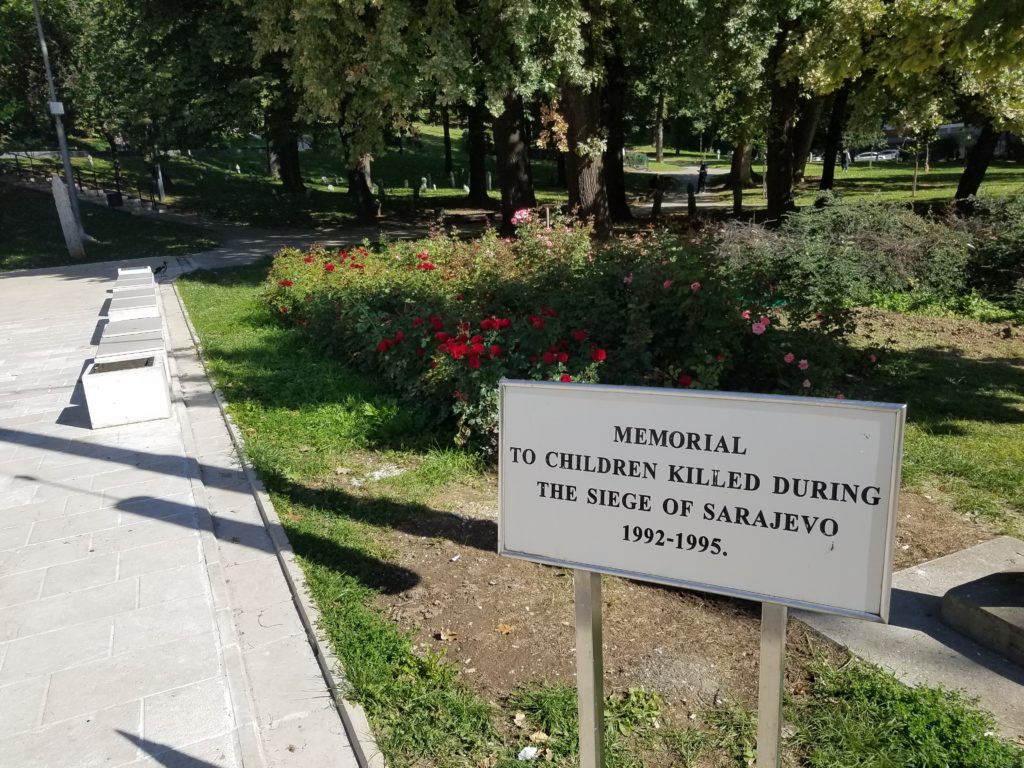
Yugoslavia was always difficult to govern because of the extreme diversity of cultures within the state. And entering the 1990’s this heavily Muslim area declared their secession from the country. They were promptly attacked by the Yugoslavian army, but with the state collapsing elsewhere they could not continue the fight.
As Yugoslavia dissolved, the Serbians took the opportunity to try to build a Yugoslavia II, which they intended to dominate. They set up a proxy state, the Republic of Srpska, in the north or Bosnia, raised an army there and attacked the Muslim south under the guise of a civil war.
Sarajevo was besieged by this army for roughly 1500 days. An extraordinary length of time. The Serbs occupied the hills and bombarded the city with artillery much like the Russians are doing today in the Ukraine. Indiscriminate bombardment of whatever they could. But they were not strong enough to enter the city. And the Bosnics were not strong enough to take the hills.
Eventually the Serbian actions in Bosnia were so repugnant that NATO entered and ended the war. Up to 70,000 Serbs migrated out of Serajevo and into the Republic of Srpska. And the tensions between these two areas are still very much alive.
This is a very simple summary that I thought might be interesting. There is of course a much bigger story, but I leave it to you to satisfy any further interest you might have.
I will soon head down to Mostar and probably conclude my own interest in these affairs.